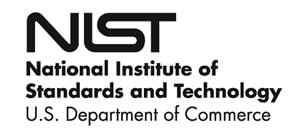RSS feed source: Federal Emergency Management Agency
LITTLE ROCK, Ark. – The state of Arkansas, FEMA and the U.S. Small Business Administration have added three sites that offer face-to-face help for residents affected by the March 14-15 and April 2-22 severe storms, tornadoes and flooding.
Homeowners and renters in the impacted counties may be eligible for FEMA disaster assistance for losses not covered by insurance. Specialists are available to help you apply for FEMA assistance, review your existing application and submit documents needed to move your application forward.
The new locations include:
FULTON COUNTY
Hardy Fire Station
203 Church Street
Hardy, AR 72452
Days: May 30 – June 7; hours: 9 a.m. to 6 p.m. Monday to Friday; 9 a.m. to 1 p.m. Saturday; Closed Sunday
CRITTENDEN COUNTY
Earle City Hall
1005 2nd Street
Earle, AR 72331
Days: June 2 – June 4; hours: 8 a.m. to 6 p.m.
CRAIGHEAD COUNTY
Lake City – City Hall
406 Court Street
Lake City, AR 72437
Days: June 2 – June 4; hours: 8 a.m. to 6 p.m.
Additional locations are listed online at x.com/FEMARegion6 and facebook.com/FEMARegion6/.
Survivors in Greene, Hot Spring, Independence, Izard, Jackson, Lawrence, Randolph, Sharp and Stone counties may apply for federal assistance if they had damage in the March storms. Similarly, those who were affected by the April storms, tornadoes and flooding in Clark, Clay, Craighead, Crittenden, Desha, Fulton, Hot Spring, Jackson, Miller, Ouachita, Pulaski, Randolph, Saline, Sharp, St. Francis and White counties may also apply. Survivors affected by both the
Click this link to continue reading the article on the source website.



